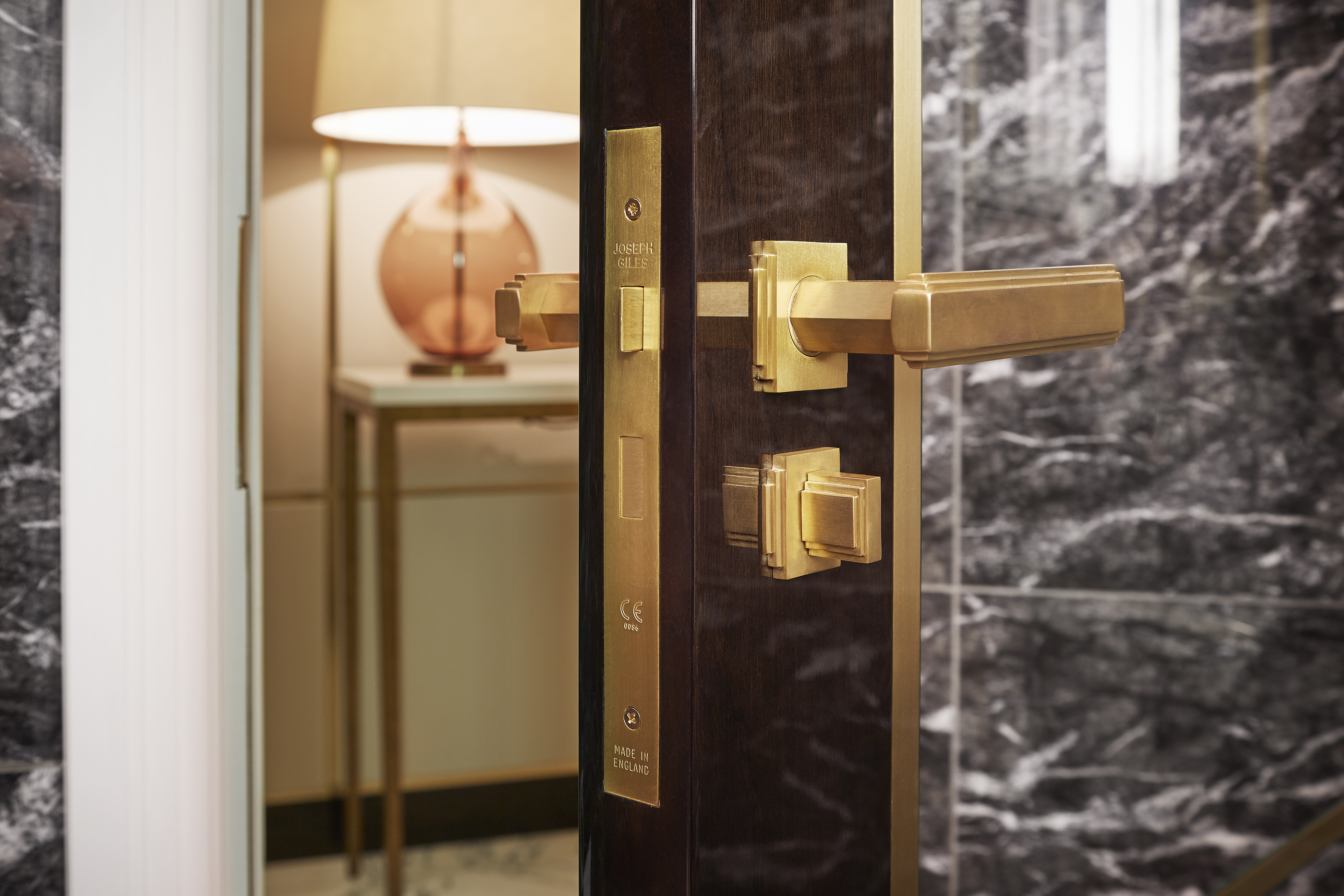Can steel glazed doors be fire rated for insulation and integrity?

Fire safety is a big thing in specification, which means that one question we are asked a lot is whether our steel glazed doors are fire rated. In this blog, we’re going to take a look at the rating for our steel glazed door system and better our understanding of what is meant by ‘insulation’ and ‘integrity’ when it comes to fire testing.
Let’s start by giving some context:
Fire safety is increasingly becoming a number one priority for architects and designers. This has placed much needed pressure on manufacturers to ensure that our products are safe: either by fire testing or assessing each relevant product and its variations.
Before we break down the results for our steel glazed door system, let’s get our heads around the terms:
A fire test is when the product is set up as it would be in real life in a testing facility and burnt for a period of time. The results are split by integrity and insulation.
Integrity refers to the system’s ability to stop the flames or gas from passing through, in our case, a door, and spreading to the other side.
Insulation refers to the system’s ability to limit the surface temperature rise on the non-fire side of the door to an average of 140°C, or 180°C as a hot-spot maximum.
Smoke ratings are achieved by testing the doorset and its components together as a complete assembled and installed unit in both hot and cold smoke scenarios, ensuring that leakage remains under 3m³ per hour.
Many steel glazed door systems do not have fire ratings for either Insulation or Smoke and only have integrity. This means that whilst the doors may remain standing during a fire for the period of time they are tested, they won’t do anything to slow down the transfer of the fire nor the spread of smoke.
Our steel glazed door system has a fire rating of insulation EW-30 and integrity EW-60, to a maximum height of 3 metres, and width of 1.5 metres, as well as comprehensive smoke data and certification to an equal period of time.
What does this mean?
Let’s have a look at the different components. You’ll often see ‘EI’ and ‘EW’ in fire test results. Here’s what they stand for:
EI: Integrity and Insulation
EW: Integrity and radiation reduction
As you now know, ‘E’ stands for Integrity and ‘I’ for Insulation.
The ‘W’ in ‘EW’ stands for ‘reduction of thermal radiation’. This is the ability of a test component to resist fire exposure on one side only, so as to reduce the probability of the transmission of fire as a result of significant radiated heat either through the element or from its unexposed surface to neighbouring objects.
All these parameters are then followed by a time limit in minutes. The number after a given symbol is the time it takes for the performance criteria to be fulfilled during a fire test.
So, to apply that to the ENVO steel-glazed door system, the surface temperature on the other side of the door to the fire took 30 minutes to get to the maximum temperature, and neither gas nor flames passed through the door for 60 minutes.
If you have any questions on the fire ratings of the ENVO door systems, please do give us a call on +44 (0) 208 253 9342 or email info@envosystems.com – we’d be glad to help.
